Acne or Allergy: Can Fermented Skincare Cause Acne Breakouts?
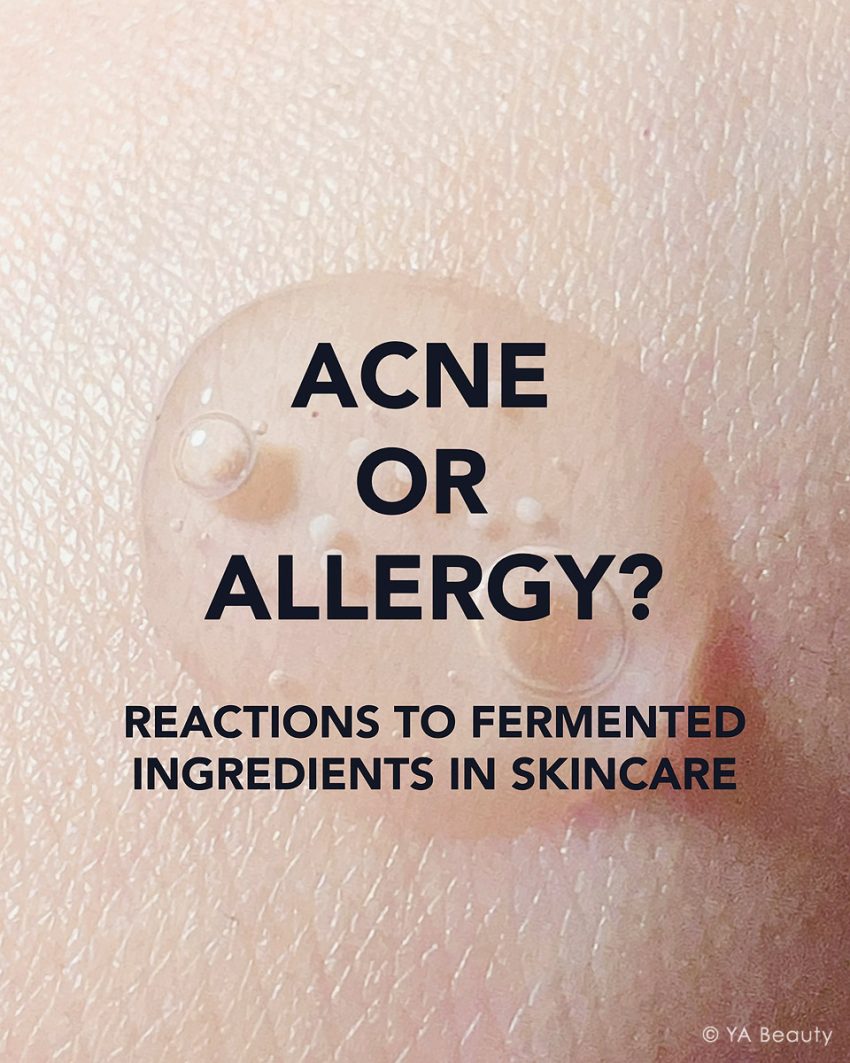
For man years, I’ve been trying to figure out why I can’t get into skincare, why each time I tried, I just end up breaking out and looking worse than before. Finally, I stumbled upon something—ferments. So I set out to figure out the answer: can fermented skincare cause acne breakouts?
Have you ever wanted to get into skincare, but felt that your skin simply looked better when you were not using any skincare products? That somehow when you started trying to use these products that promise better skin, it somehow, actually just makes it worse because you start breaking out?
You are not alone.
Using makeup or skincare products with ingredients you are allergic to can cause reactions you don’t anticipate. In this post, I will share a little about my skincare journey and how I discovered that what was causing my breakouts was not hormones, diet, or stress.
1. Common Causes for Acne Breakouts
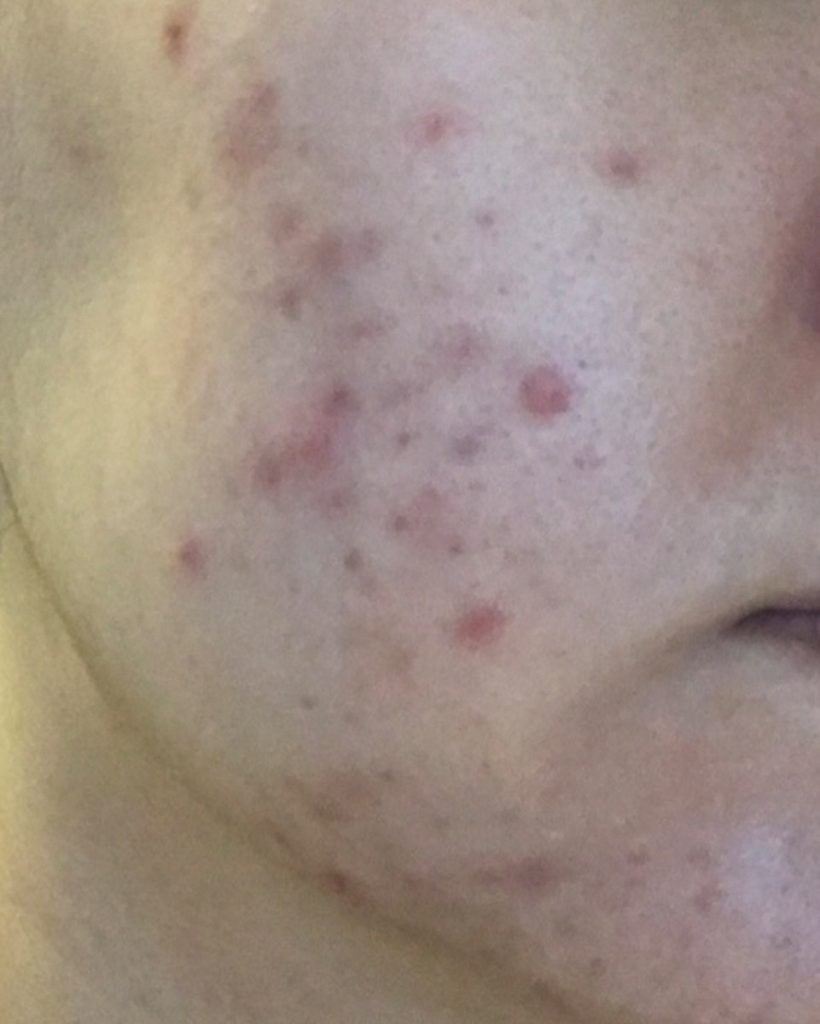
The most discussed and known causes for pimples are hormones, stress-induced, poor sleep cycles, fungal acne, comedogenic ingredients, sweat, diet, and purging.
On the left: I have experienced hormonal and stress-induced acne in the past—and it was not pretty. Absolutely awful, really.
Finally seeing a dermatologist fixed my issues. So long as you do your best to avoid picking your skin, you can recover with almost no scarring.
So if you suffer from bad acne, first of all, please definitely see a dermatologist. Do as much research as you can online, maybe check out some threads on Reddit, but absolutely find a reputable dermatologist.
It might take time to see results, and sometimes, unfortunately, the first diagnosis may not be the correct answer—but be patient, trust that it will get better, and don’t let it get you down. More stress will just make it worse! Know that having a plan is already a first step.
That said, common causes like hormones, bad sleep cycles, diet, and stress may not always be the answer. If you are not experiencing any of those, if you typically have good skin, and suddenly when you start to try out skincare, makeup, or new hair products, and you start to have pimples, you might be wondering, “Why am I breaking out?”—the answer is yes, you might have an allergic reaction.
2. Good Skin without Skincare
After healing from my acne days, my skin has been relatively good over the years.
Other than the occasional monthly hormonal or stress-induced acne, or times when I’m stressed and crunching at work, my skin has been healthy.
On the right: this is how my skin looked after recovering from my acne days. There are some bits of redness and darkness around my nose and under my lips, but overall, it looked healthy.
So from time to time, I’ve wanted to get into skincare.
It was for a combination of reasons: wanting to start on prevention, but also wanting to make my skin look better—because advertising has told us that our skin can always look better—but each time I started on some skincare product, I always ended up having some sort of reaction.
I started getting an impression that, whatever it is, my skin always looked worse when I used skincare. So I kind of just stopped trying.
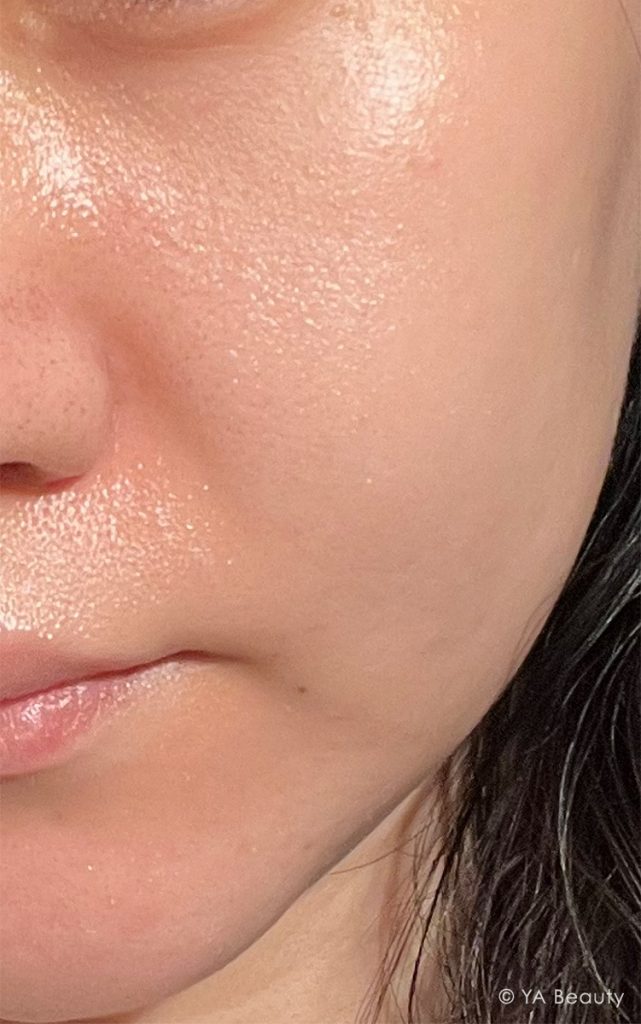
3. Rare and Uncommon Causes for Breakouts
The pandemic came around and beauty advent calendars were abound. I really wanted to pamper myself with some self-care, so this time I thought, by whatever means, I’m going to find some products that don’t break me out! I’m going to figure this out!
I know I experienced a different type of reaction and breakouts when I used skincare, I could just couldn’t figure out what it was. None of these common causes like hormones or stress really fit with what I was seeing on my face or how I was living. So I started learning to log my skincare routine and usage.
And after months of testing (and now over 2 years of doing this), I have finally learned that my reactions and breakouts were linked to a very common type of ingredient in all skincare—ferments (well, and coconuts, but that’s another post, for another time!).
I’ve written about my reactions to fermented ingredients a few times on my Instagram. But I figured it’s good to put it all together in one place on my blog. If you’re going through the same thing as me, I hope you were able to find this post and know that you are not alone. Below are some of my findings:
4. How to Find Out What Ingredients I’m Allergic to When Trying New Skincare?
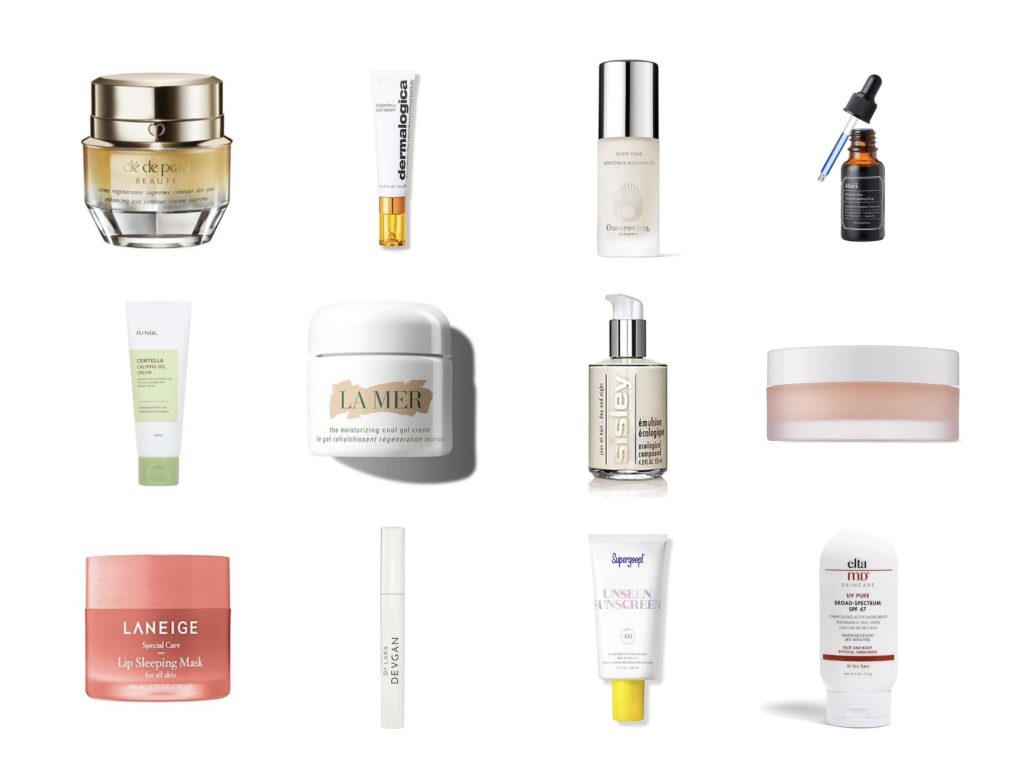
One of the most common things we hear about trying new skincare and breaking out is that we might be purging—but ask any dermatologist, and resources online will confirm that breakouts from purging should only happen with actives.
This was not always the case for what I was using. So I began recording my skin conditions and filtering out what products I reacted to so I could find the common cause.
Each time I started a new product, I made sure to do the following steps:
- Add new skincare products to my routine, only one at a time
- Use new skincare on half side of my face only
- Take selfie in same angle and lighting every day, make sure my phone screen had the same brightness and color on my face
- Record what products I’m using with apps, such as Mimoglow on iPhone
- Reactions can begin from 3-5 days after using a product, and breakouts 1-2 weeks after, look back and stop using the last product that was added and observe skin condition.
- Observe and repeat
- Use websites like INCIDecoder to find out what overlapping ingredients are between the products that cause reactions
- Repeat and observe
Learning how to correctly record our skin condition will better help us identify what’s happening with our face. This might be a months-long process, but your diligence will pay off! And once you settle in to a routine, you don’t need to worry about it again. Just make sure to make a habit of logging each time you start a new product.
5. How Ferments Skincare Allergic Reactions Look Like
I get 2 main types of reactions and here are how they look like:
Skin Reaction Type 1
I call this Reaction Type 1 because it was the first type of reaction I noticed because it happened easily, and was very visible.
On the left: my face without reactions around the same time period
On the Right: faint red bumps, they can appear either immediately after using a product, or 6-8 hours after wearing the same product for a whole day. Humidity and sweat seems to exacerbate the reaction.
It’s very easy to notice and bumps would spread out across my entire face where the product was applied.
I first noticed this reactions with products like Tatcha’s rice face wash (immediately after), and Estee Lauder Double Wear Stay-In-Place Foundation.

The Estee Lauder foundation is one of the BEST transfer-proof foundations of all time, by the way!—I was wear-testing it with a mask and blown away by how it really stayed put and didn’t transfer anything.
However with the humidity and intense wear, it’s also how I finally saw half my face reacting with little red bumps at the end of a day and discovering that—oh no—Xanthan Gum—arguable one of the most common ingredients in all skincare, is fermented?!!?!!! That’s in 99% of all skincare products!!! Haha RIP my skincare journey.
Skin Reaction Type 2
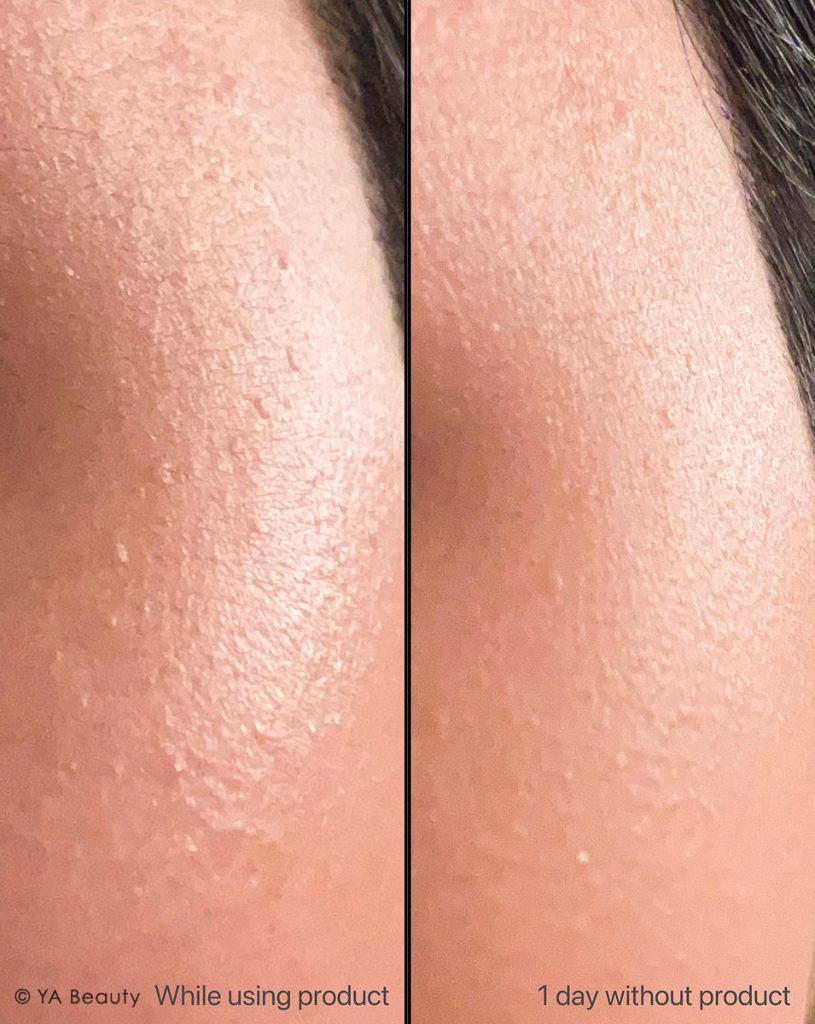
Type 2 was more difficult to discover. It really took me knowing what to look for after a long time, before I noticed it.
On the left: After using products for about 3-7 days, I can see many raised, colorless bumps on my face
On the right: Depends on how long I’ve used a product, if it was only 2-3 days, then after just 1 day of cutting it out of my routine, I would notice that 80% of the bumps would already start receding.
For type 2’s colorless bumps, the skin needs to be looked at with light coming from the side or they are very, very easy to miss.
I didn’t notice them at first until some turned into pimples after a week or two.
After I started noticing the pattern, and was just testing out my hypothesis, I started beginning to spot them after only a few days of usage.
But it’s really very difficult to see if you don’t know what you are looking for, and it’s super faint!
6. Progression of Allergic Reaction: Deep, Red, and Cystic-Acne
Similar to some Reddit commenters who also suffered reactions to fermented ingredients, under normal circumstances, I rarely had deep, red, or cyst-like pimples when I broke out.
However, when I used fermented ingredients, what started off as innocuous like the Type 2 reactions above, would often turn into a few larger, deeper bumps like these.
They always end up being super painful and last quite a while, and at first, I had no idea why!
Top image: bumps starting to develop on my forehead
Bottom image: large, hard, and deep red pimple starting to grow after a week or two, and would remain and last for weeks.
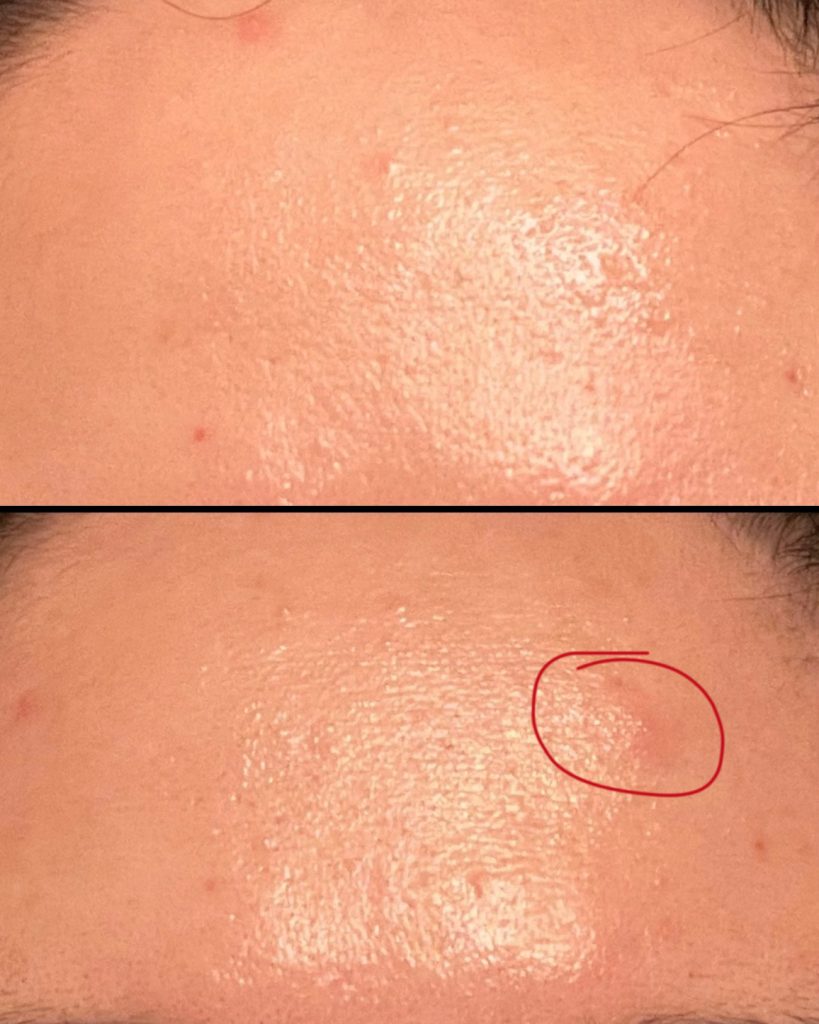
7. Cutting Products and Taking a Break From Skincare
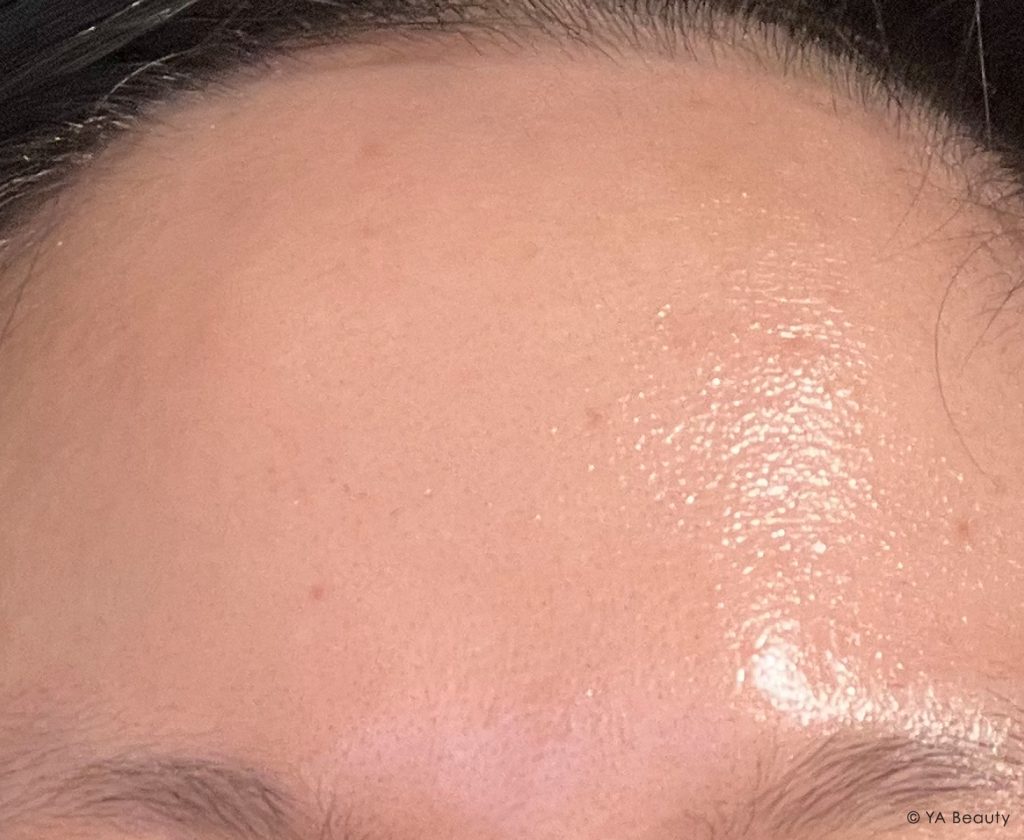
After cutting fermented ingredients out of my routine, my skin started to recover to a normal state.
If you feel that you might be breaking out due to products you use, start by stopping your product use and only wash your face with water, and then introduce products to your face one by one.
If you’re in a hurry, you can do 2 at a time, one for each half of your face! Give it a week, or two to be safe, to know it’s definitely safe for your skin, before adding new products. This is one of the best ways to know for sure whether you are allergic to ingredients in a product or not.
8. How Did I Find Out I’m Allergic to Fermented Ingredients?
I went through over a hundred products in the first half year of my skincare journey, and after every 20-30, I would look at the products my face loved and didn’t, then shortlist the overlapping ingredients for worst offenders.
If you suspect you may be allergic to certain skincare ingredients, I recommend trying the same process mentioned above.
For me, it first started with skincare that had rice ingredients in them, so in the beginning, I actually thought I was allergic to rice products.
But over time, as I tried different products with various types of ingredients, especially with clean beauty being a booming market right now—more and more products that had different types of fermented extracts started popping up, and that’s when I started to notice that even for skincare without rice ingredients, I was also having reactions. The commonality was simply that they all listed some type of ferment on the ingredient list.
After realizing that that’s the common factor, I finally found a few threads on Reddit where people discussed their Asian Beauty experiences (since SK-II popularized fermented rice extracts, fermented rice extracts was the most popular type of ingredient within J and K-beauty for years).
I wasn’t 100% certain yet, but it was helpful to know that I wasn’t crazy or alone in this. It led me to finally starting a skincare log and then comparing ingredients, and that’s was what finally helped me figure things out.
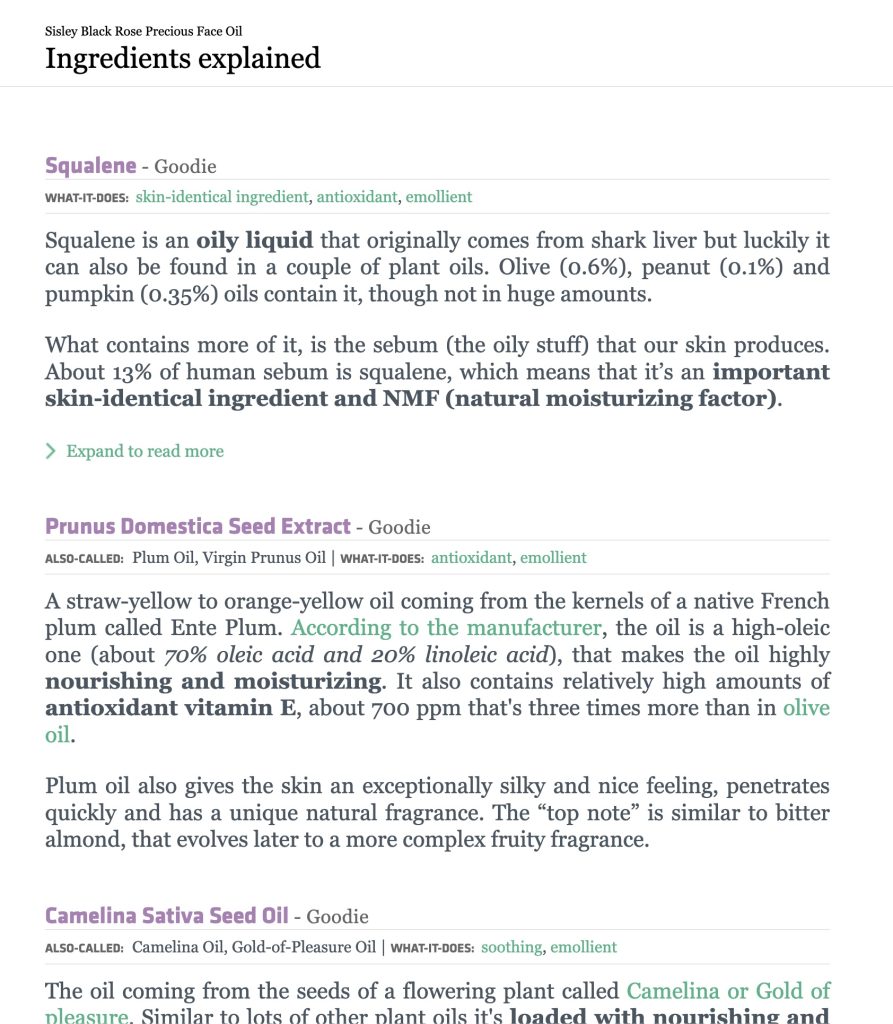
9. How to Find Out if a Skincare or Makeup Product has Fermented Ingredients?
The biggest issue with having an allergy to fermented ingredients is that ingredient names don’t always use the word ferment in them, so sometimes you need to do hard research or find out that something is fermented the hard way.
What I’ve found to help over time was to use a website like INCIDecoder for example.
I go to their Decode INCI page, enter all the ingredients from a product ingredient list, and then scroll to the section “Ingredients Explained“, click [more], and try to find out whether there are ingredients where the explainer mention it’s produced via fermentation.
However, this is still not 100% safe.
Take for example its description on Algae Extracts:
We have to admit that Algae Extract is not our favorite ingredient name. It does comply with the INCI standard (the official list about how ingredients on the product labels have to be called, the thing we help you to decode here :)), but there are about 20 000 different kinds of algae and an extract from them can be made in another 10 000 ways.
So, Algae Extract can be anything from La Mer’s “Miracle Broth” to a simple brown algae extract that helps to smooth the hair. The official description in the Europiean Cosmetic Ingredient listing is this: “an extract of various species of Algae; Extract of the Seaweed, Fucus vesiculosus, Furaceae”. Its official functions include being a humectant (helps skin to attract water), emollient (makes skin feel smooth and nice) and skin conditioner (a catchall phrase for saying it does something good for the skin).
INCI Decoder
And what do you find when you read up on La Mer’s Miracle Broth?
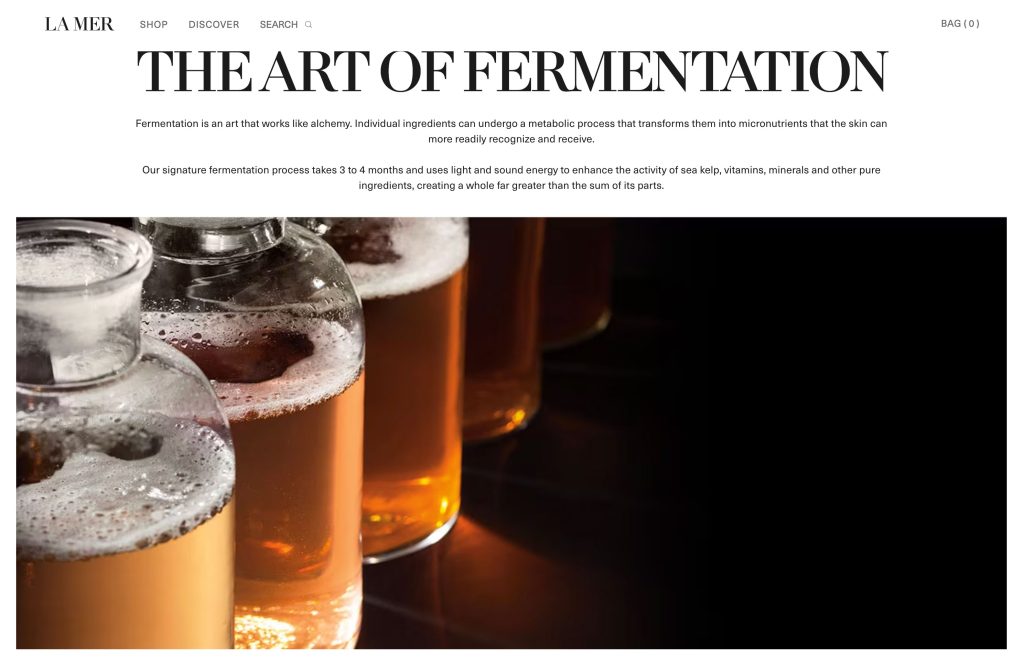
Yup—it’s fermented! And until ferments began to be heavily marketed as a great skincare ingredient, I believe La Mer never disclosed that their process was via fermentation for many years, only that they were using deep sea algae.
Fermented ingredients are fantastic btw—so this is a tragedy for my skin—but the point is, it’s really not always obvious what ingredients may include things you are allergic to just by its name on the surface. Depending on whether it’s something small or simple or very broad and complex, you may have to learn via researching and reading up on a lot of materials. So I always check INCIDecoder first, and then if they don’t mention ferment, I still pick up new ingredients I haven’t seen before, and paste it into google search, “Ingredient Name ferment”, and sometimes, you will find out whether something is surprisingly, also fermented!
⚠️ I don’t take their existing product listings at face value—since ingredient lists are reformulated over time—so I always copy and paste the latest version from a product’s website to make sure.
10. What Other Names do Fermented Skincare Ingredients Go By?
The most common fermented skincare ingredients often appear in ingredient names that include:
- Ferment
- ends in –bacillus
- Beta Glucan, Natto Gum, Xanthan Gum, Biosaccharide Gum, Sclerotium Gum, and many other different gums
These can be most commonly found amongst:
- Yeast, fruits, plants, algae, tea, and milk ingredients. So clean beauty and vegan beauty are usually big no-nos (with exceptions!).
- Niacinamide and sugars seem to inconsistently cause type 2 bumps for me. Many people break out from Niacinamides. For me, I noticed this and only have a few cases of them in isolation because most of the time they are accompanied by other ingredients too.
Lots of extracts also don’t mention the word ferment at all, such as La Mer’s Miracle Broth mentioned in the previous section.
Likewise, for things like coconut oil that give me whiteheads, which also often goes by many other names—finding out what will set you off and what falls under ferments will takes patience, time, and research. (Ferments & coconuts, can you imagine how much skincare I can’t use?!!!)
My experience of having Type 1’s pink bumps is more uncommon. Type 2’s small bumps that start off colorless and hard to spot but then flare up into deep cysts are my most common reactions to ferments. They make my skin look so glowy and beautiful for the first few days, and then tragedy.
11. Not All Fermented Skincare Cause Acne

But because a cleanser washes off, I didn’t realize that fermented ingredients was an issue for me at first!
One thing that made ingredient isolation hard at first was that some products I loved has fermented ingredients in them and I didn’t get immediate reactions on my face. Such as Tata Harper Purifying Cleanser, Omorovicza Deep Cleansing Mask—one is a cleanser, so it didn’t stay on my face long-term, the other is a mask, so I wasn’t using it frequently.
So for these that didn’t make me notice obvious reactions, it was usually always limited to wash off products or things that didn’t stay on my face long.
But because I also had some horrible red bumps from Tatcha rice wash, in the end, I still sometimes feel hesitant to use new products even though I feel that they are likely safe in the wash-off category.
And remember, this is just my personal experience. For some others on Reddit threads I’ve read, some people were allergic only to specific bacterias or ferments, not all! And some may be able to tolerate more trace amounts than when it’s a star ingredient. So your mileage may vary.
12. Theories on Why Fermented Ingredients Break Me Out
Theory 1: Alcohol Intolerance and Allergy
I talked about this discover with a few friends, and described how fermented skincare seemed to have caused my breakouts and reactions. And someone pointed out that I had a severe alcohol intolerance and allergy, and wondered if it may be linked to my ferment allergy in skincare.
My alcohol intolerance is so severe that a shot of champagne once sent me fainting. I would get cold sweat, diarrhea, throw up, weak in my bones, all at the same time. I would need half an hour of lying on the floor before I could get up without help. It’s really serious. When I saw an allergy specialist, she said yeah, you are the kind who would experience alcohol poisoning and die if you accidentally drink just a bit more than you can tolerate.

However!! I can eat fermented foods without issues! I also don’t notice reactions when I use skincare with alcohol! So I’m not really sure if this is a good theory?
But when I shared this on my IG, quite a few people said that they had alcohol intolerance and that the SK-II Facial Treatment Essence also broke them out. So I think it’s a very interesting coincidence.
Theory 2: Autoimmune Disease
Another theory is that this reaction is autoimmune related. One person mentioned it on Reddit and someone else messaged me to say they had reactions due to mast cell issues.
I had an autoimmune checkup last year and the initial screenings came back that I was fine. So this might not be a reason or cause for me. But it might be different for others.
13. What Do You Think Causes Allergic Reactions to Ferments in Skincare?
Do you have alcohol intolerance? Let me know if you also react to fermented skincare!
If you have any thoughts, theories or similar experiences with fermented skincare, please share below!
With so little information about this online, any new data people can contribute to this discussion will be immensely helpful to someone else down the road.
I wish I knew a cosmetic chemist, because no matter how much I google, I have no idea what part of fermentation process or ingredients is causing these. And I don’t know where I can look up more literature to learn either. Please comment below or send me an email if you have any suggestions!
Lastly, do remember that I am not a doctor, and this is fully limited to my own experiences and a few people online. Everyone’s reaction can be different. I just hope that sharing this information can adds some extra data points for others who are trying to look into this for themselves in the future.
14. Skincare Routine with Low or No Fermented Ingredients
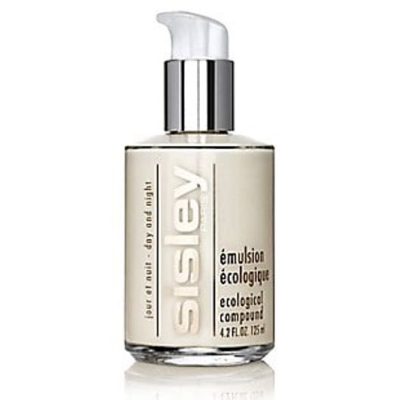
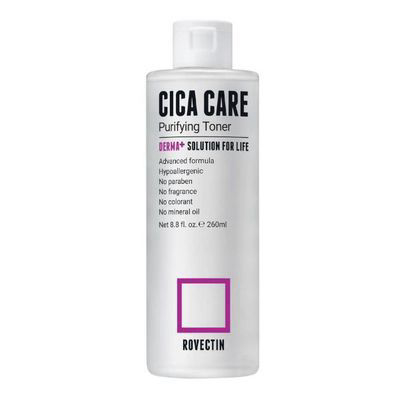
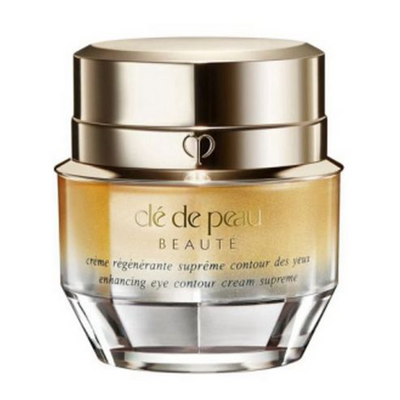
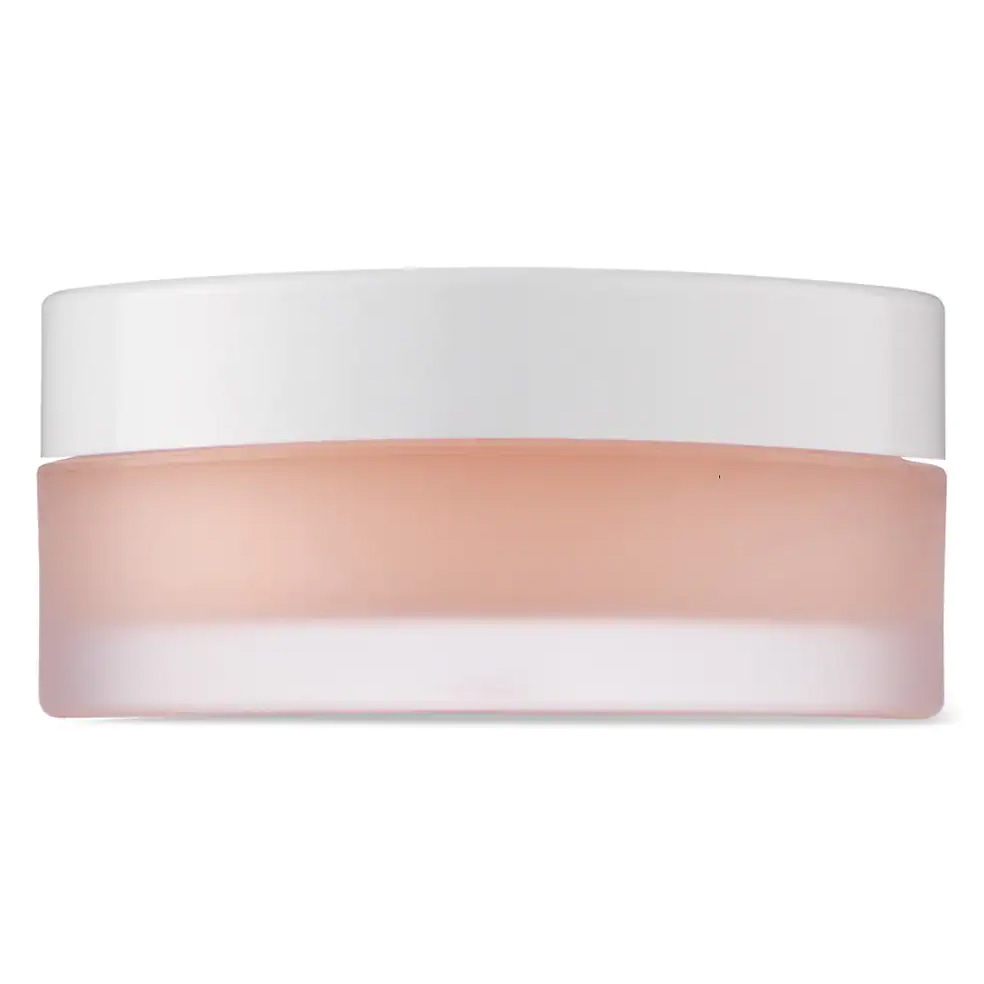
If you are looking for some effective skincare that have no fermented ingredients, below are some of my recommendations:
- Sisley Paris – Ecological Compound Moisturizer
- Rovectin – Cica Care Purifying Toner
- Cle de Peau Beaute – Enhancing Eye Contour Cream Supreme
- Omorovicza – Perfecting Lip Balm
I don’t know if anyone would want to see a full routine breakdown. If you are interested in seeing such a post, please let me know in comments below!
15. Importance of Skincare and Prevention
It might be tempting to skip skincare altogether if you find yourself allergic or break out from common skincare ingredients such as ferments and coconuts, just like I am. I know my skin looks and feels better when I use nothing—but this is simply because it’s not reacting to things.
However, it’s still really important to consider prevention and take care of our skin!
Now that I know I have reactions—I try to be very careful about what new products I try—and check ingredient lists thoroughly.
I still venture out to use products which might have trace amounts of fermented ingredients sometimes, but I make sure that it’s for short term or with good reason. Or that I am logging things thorughly.
I am running a beauty blog after all—I am curious and always want to know what works best and what’s good out there, so I can recommend things to my friends.
Plus, I’ve personally experienced allergies that appear suddenly and stayed with me, and allergies that disappeared after years. Who’s to say I won’t one day stop being allergic to fermented ingredients? One can be hopeful! So please don’t despair, you can definitely find something that works for you.
This was a long post, but for those who also had troubles figuring out what caused their breakouts when it didn’t fit the usual causes and signs, I hope this can be helpful in some ways!
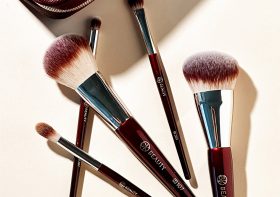
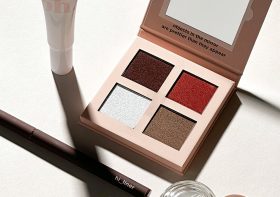
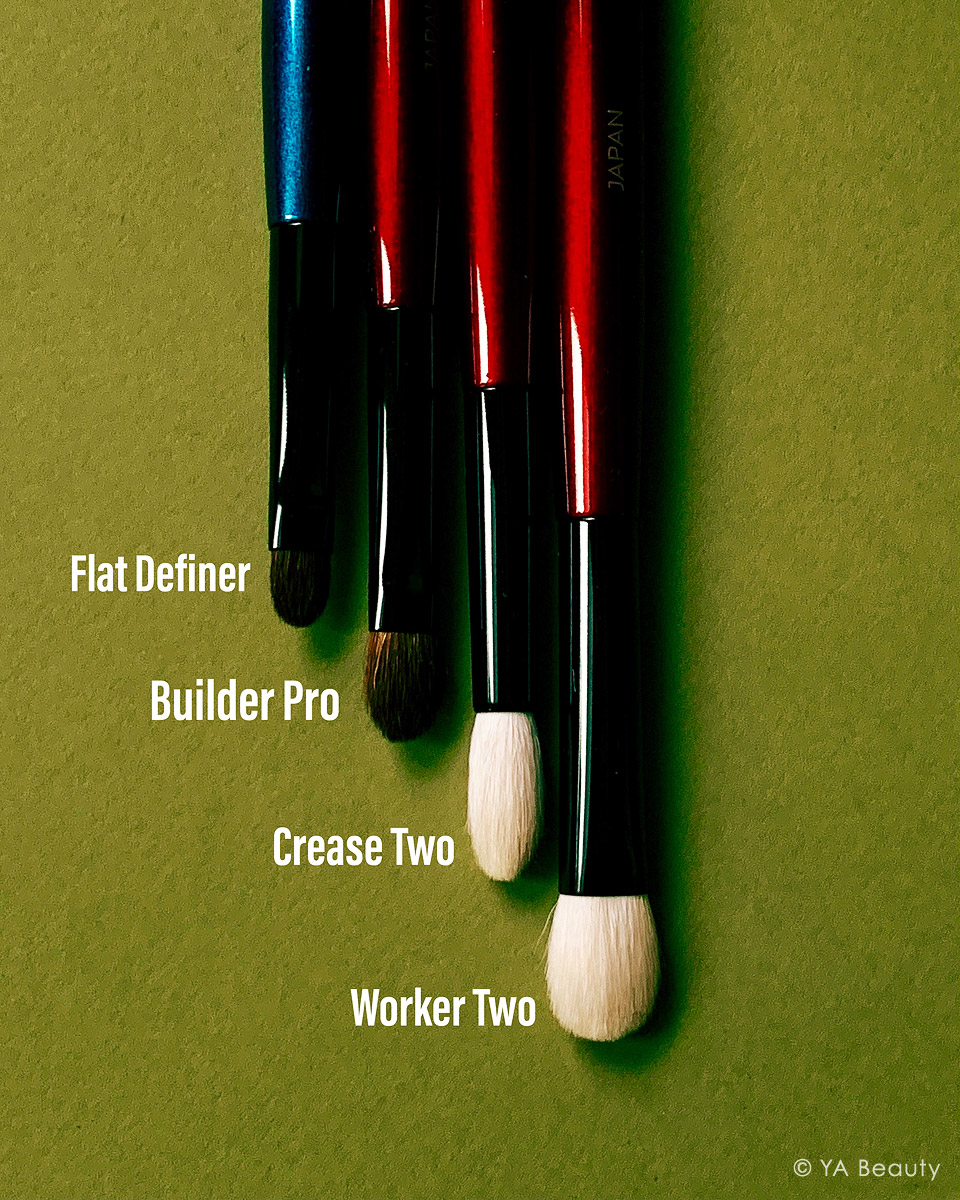
Leave a Reply